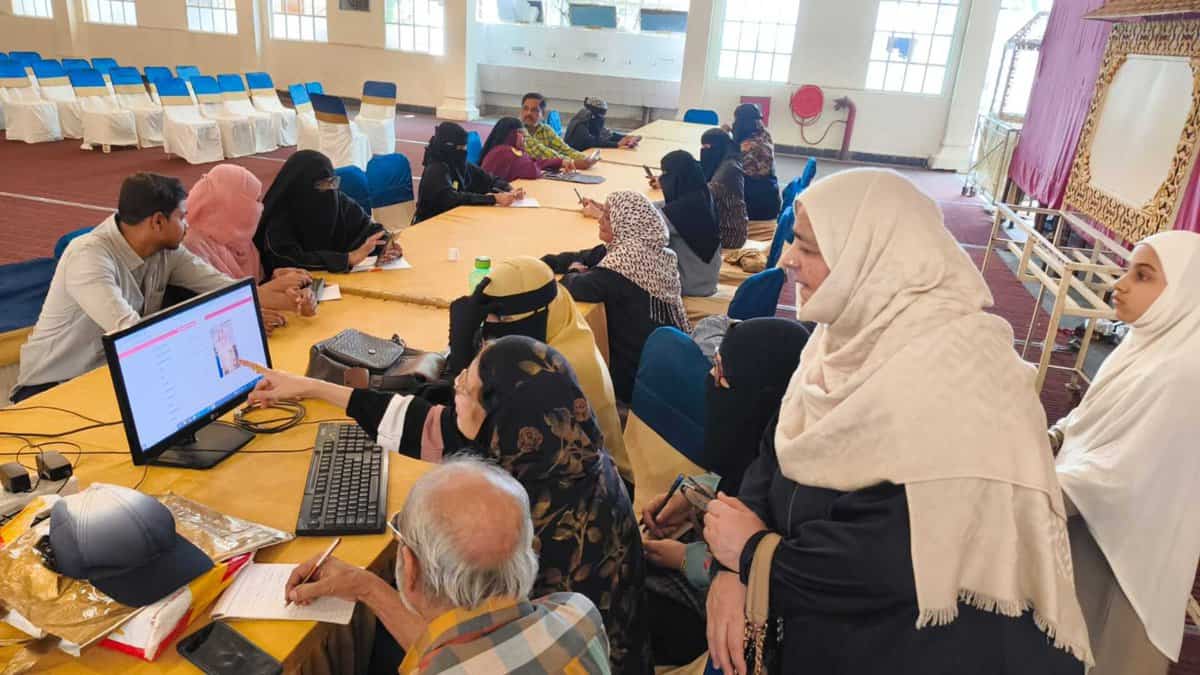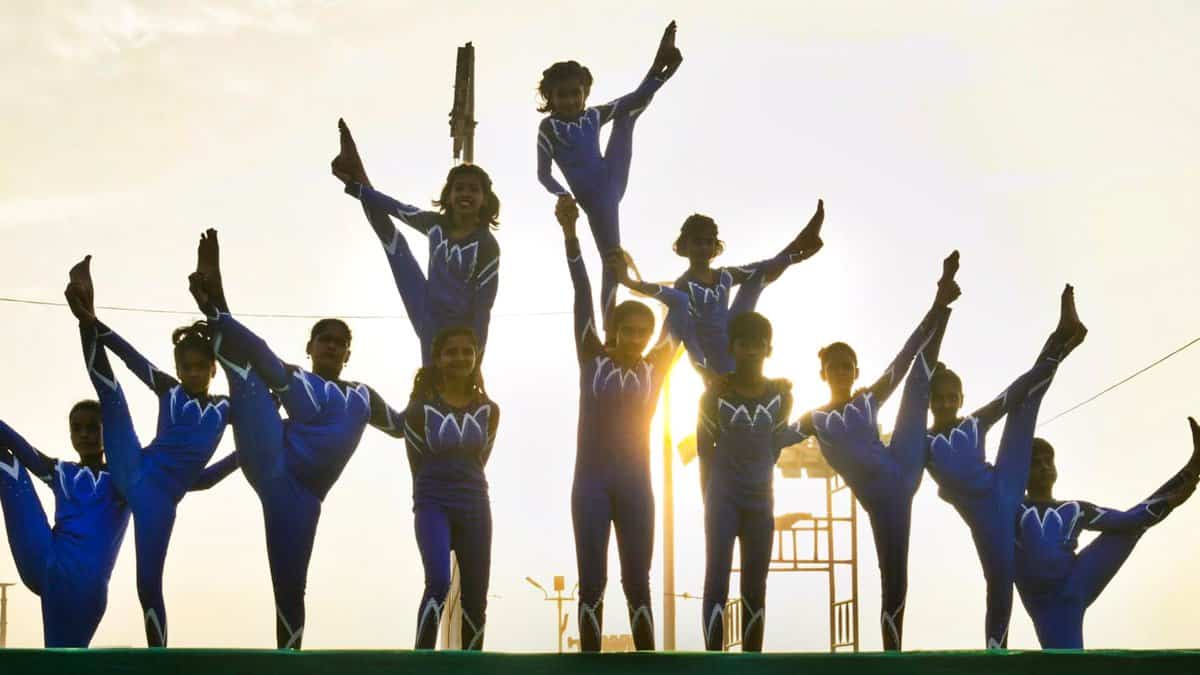Leaders of 32 NATO members converge at The Hague on Tuesday, June 24, for a NATO summit meticulously calibrated to navigate the return of Donald Trump to the global stage. However, Trump will have to witness his personal agenda being overtaken by exploding Middle East violence and existential questions about the alliance’s future.
This critical gathering is Trump’s first NATO engagement since 2019, and it unfolds against a backdrop of US-led airstrikes on Iranian nuclear facilities, a stalemated war in Ukraine, and profound European anxiety over American reliability. With Trump in power, European leaders arrive determined to demonstrate compliance with his longstanding demand for increased defense spending from EU nations while managing explosive regional crises that threaten to fracture the alliance.
Escalating Iran crisis will dominate proceedings
The summit’s carefully crafted agenda was immediately overshadowed by the Middle East crisis, ignited days earlier when Trump authorized U.S. forces to join Israeli strikes against three Iranian nuclear facilities. This dramatic escalation triggered retaliatory missile attacks by Iran on a U.S. base in Qatar and pushed the region toward wider conflict despite Trump’s public declaration of a ceasefire.
European leaders, almost entirely excluded from pre-strike consultations, scrambled to contain the fallout during emergency sideline meetings. French President Emmanuel Macron delivered a blistering critique, declaring the strikes had “no international legality” and emphasizing that “diplomacy, not military action” must prevail. Britain’s Prime Minister Keir Starmer offered tepid support while pointedly noting the deployment of Royal Navy assets to “protect British interests.”
NATO Secretary General Mark Rutte acknowledged the crisis would inevitably intrude on formal discussions, despite lacking any official place on the summit agenda. European diplomats expressed profound alarm about being dragged into another US-led Middle Eastern conflict without consultation, a stark reminder of Trump’s unilateralist tendencies that have long haunted the alliance.
“This administration doesn’t seek allied input when it counts,” observed former NATO policy director Camille Grand, noting that “the scars from previous Middle Eastern wars make meaningful coordination impossible.”
Defense spending victory masks deep divisions
The summit’s primary pre-planned agenda required members to dedicate 5% of GDP to defense by 2035 (with 3.5% allocated to “hard defense” capabilities and 1.5% to security infrastructure), a direct concession to Trump’s persistent demands. US officials hailed it as a “historic transformation” achieved through Trump’s “uncompromising leadership.” Yet this apparent unity concealed stark disparities and simmering resentment. Poland, already spending 4.7% of its GDP on defense, joined Estonia and Latvia in championing rapid increases, with Warsaw projected to hit the 5% target years ahead of schedule.
Conversely, Spain currently allocating a mere 1.3% led resistance efforts, dismissing the target as “economically ruinous” and demanding special exemptions. Italy and Canada face particularly steep climbs from their current levels of approximately 1.4% and 1.37% respectively.
Even supportive nations face implementation challenges: Germany controversially utilized a “temporary special fund” to reach its current 2.1%, while Italy explored counting infrastructure projects like a Sicilian bridge as “defense-adjacent” investments. Crucially, Trump secured an implicit exemption for the United States itself, which currently spends 3.4% of GDP on defense well below the new benchmark. This asymmetric burden has fueled accusations of American hypocrisy and exposed fundamental tensions about equitable burden-sharing that continue to undermine alliance cohesion.
Ukraine’s downgraded role signals strategic shift
In a stark departure from previous summits where Ukrainian President Volodymyr Zelenskyy commanded center stage, this gathering delivers a symbolic demotion that speaks volumes about Trump’s influence. Zelenskyy received an invitation only to Tuesday’s ceremonial royal dinner, pointedly excluded from Wednesday’s critical closed-door strategy session, where Ukraine’s future will be decided.
This marginalization reflects Trump’s well-documented antipathy toward the Ukrainian leader and skepticism about continued military aid. While NATO formally reaffirmed Ukraine’s “irreversible” path to membership, concrete commitments were conspicuously absent.
The sole concession allowing aid to Ukraine to count toward members’ defense spending calculations amounted to a largely symbolic accounting adjustment. No timelines for membership were established, nor were “expanded security guarantees” offered beyond vague assurances. Secretary General Rutte framed this minimalist approach as “the only viable path under present circumstances,” but Eastern European allies privately expressed dismay at what they perceive as abandonment. “This isn’t just about Ukraine’s security,” confided a Baltic diplomat, “it’s about whether America’s word means anything when strategic winds shift.”
The Trump-Rutte dynamic
The summit’s choreography is all about a single working session, brief statements, and minimal media access reflecting a deliberate effort to avoid provoking Trump, whose disdain for NATO is well-documented. New Secretary General Mark Rutte, hailed as a “Trump whisperer,” has skillfully navigated the President’s demands. He secured the spending pledge through months of shuttle diplomacy, framing it as essential to prevent Russian dominance. “If you want to maintain the British language and not switch to Russian in London, you have to defend yourself”, he said.
Damage control architecture: Flattering the unpredictable
European planners engineered this summit with surgical precision to avoid the chaotic scenes that marked Trump’s previous NATO appearances. The schedule was compressed into just 24 hours with a single working session eliminating opportunities for Trump to stage disruptive walkouts like his abrupt departure from the G7 summit. Diplomatic landmines were defused through minimalist documentation as a single-page communiqué replaced traditional lengthy negotiations vulnerable to presidential Twitter eruptions.
Psychological appeasement strategies included a lavish dinner hosted by King Willem-Alexander at the royal palace, a calculated nod to Trump’s well-documented affinity for pomp and monarchical recognition. These extraordinary measures aimed to forestall a repeat of Trump’s 2018 threat to withdraw the US from NATO altogether. “Every detail was stress-tested against potential volatility,” revealed a senior EU diplomat involved in preparations, “We’re not just managing policy differences we’re managing temperament.”
The looming identity crisis
Beyond immediate crises, this summit underscores NATO’s struggle to redefine its purpose in an era of American retrenchment. Rutte delivered a stark wake-up call during closed sessions, warning allies they must achieve a “quantum leap” in military readiness – including a “400% surge in air defense capabilities” or risk having to “learn to speak Russian.”
Alexandra de Hoop Scheffer of the German Marshall Fund observed, “The existential question isn’t whether NATO survives, but whether Europeans will finally invest seriously in their own defense sovereignty. Trump’s return removes any illusion of American permanence.”
Eastern Europe’s members push for permanent forward deployment of NATO forces along the Russian border, while Western states resist because of the astronomical costs. Simultaneously, the alliance faces mission creep as climate change, cyber warfare, and migration increasingly dominate security discussions.

















































